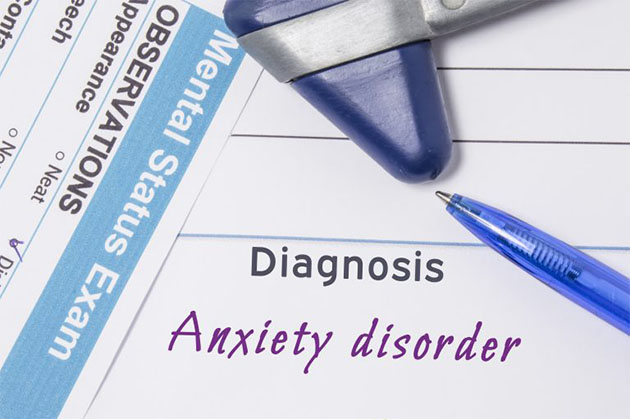Researchers have studied detailed effects of ‘pessimistic thinking’ which occurs in angst en depressie
Meer dan 300 miljoen en 260 miljoen mensen wereldwijd lijden aan Depressie en angst respectively. Many times, a person suffers from both these conditions. Psychiatric problems like depression and angst are devastating for patients and their families and they are extremely difficult to treat. Patients suffering from these neuropsychiatric disorders tend to experience a range of negative emotions and moods which makes them more pessimistic thereby making them focus more on the downside of any given situation. A specific personalised treatment can generally help patients alleviate some of the symptoms of these disorders. A type of psychotherapy – cognitive-behaviour therapy – is useful in curbing negative thoughts and emotions. Interpersonal therapy is also routinely used for better outcome for patients. Medications are also advised along with psychotherapy and sometimes interpersonal therapy.
Understanding the effects of depression and angst aandoeningen
In een studie gepubliceerd in Neuron scientists have studied how emotions are controlled by our brain. The main goal of researchers was to investigate if they could reproduce the effect on brain which happens to people suffering with depression, angst or other similar disorders. These patients have a highly negative thinking and they tend to place more weight on negative aspects and outcomes of any particular situation.
The group of researchers from MIT pinpointed a region in the brain which is linked to emotional decision making and is responsible for generating pessimistic moods. This region is called ‘caudate nucleus’ and when it is stimulated it leads to generation of negative moods and /or decisions. This study has been conducted in animals for now. The animal was seen to focus more on the negative drawbacks of situations and not on the benefits whenever this region was stimulated in their brain. This pessimistic decision-making continued for at least 24 hours after the first stimulation was performed. The same group of researchers had previously identified a neural circuit which is crucial for a type of decision making which is called as ‘approach-avoidance conflict’. Making such choices requires a person to weigh the positive as well as negative aspects of a situation and this involves high levels of angst and sometimes stress. This stress obviously then affects the decision-making process. Therefore, animals got influenced and they then chose a high-risk option under stress anticipating better payoffs.
Om validaties te doen, boden onderzoekers de dieren een beloning (sap) aan samen met een onvriendelijke stimulus (een grote luchtstroom in hun gezicht) en stimuleerden vervolgens hun caudate nucleus met een kleine elektrische stroom. In elke proef werd een andere verhouding voor prijs en pijn gebruikt om te beoordelen of de dieren zullen accepteren of afwijzen. Dit is een voorbeeld van besluitvorming die een analyse van kosten en baten vereist. Het was interessant om te zien dat bij elke stimulatie, wanneer de kosten-batenverhouding scheef werd, dwz meer kosten en minder baten, de dieren combinaties begonnen af te wijzen die ze eerder hadden geaccepteerd. Dit ging door tot 24 uur na de stimulatie. Dit gaf aan dat dieren de beloning die ze eerder wilden devalueren en dat hun focus meer verschoof naar het kostengedeelte. Ook, op basis van hun acceptatie of afwijzing, veranderde hun hersenactiviteit in de nucleus caudatus wanneer er een verandering was in het patroon van hun besluitvorming. Daarom kan deze verandering in 'bètafrequentie' dienen als biomarker om te zien of de dieren zullen reageren op bepaalde medicijnen.
stemmingsregulatie
Researchers explained that some regions in the caudate nucleus are connected with the limbic system which is known to control a person’s mood. This system directs input to motor areas of the brain as well as the dopamine-producing regions. The authors concluded that maybe caudate nucleus was disrupting this dopamine activity. Therefore, even a slight change in our system could mean rapid change our behaviour. The findings in this study could help us understand depression and angst in detail which can then assist us to develop new effective ways of therapy.
***
{U kunt de originele onderzoekspaper lezen door op de DOI-link hieronder in de lijst met geciteerde bron(nen) te klikken}
Bron (nen)
Amemori K et al 2018. Striatale microstimulatie induceert aanhoudende en repetitieve negatieve besluitvorming voorspeld door striatale bèta-bandoscillatie. Neuron. https://doi.org/10.1016/j.neuron.2018.07.022
***






































